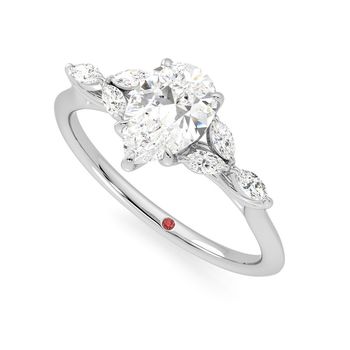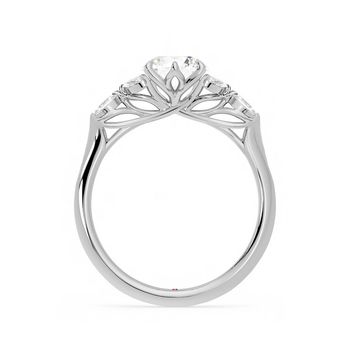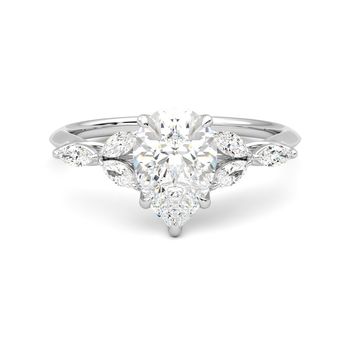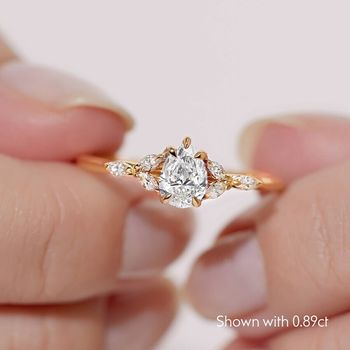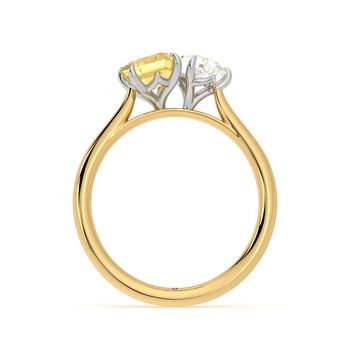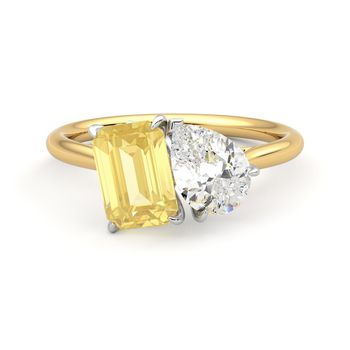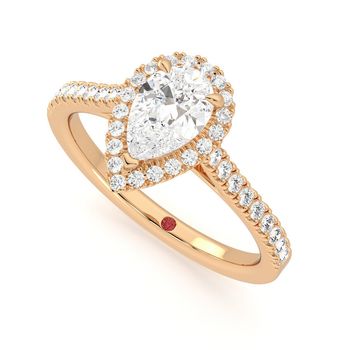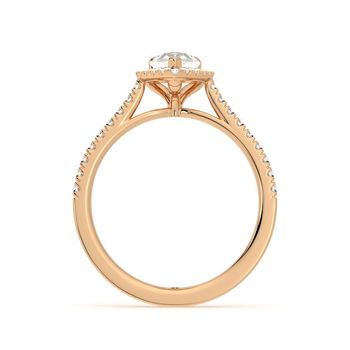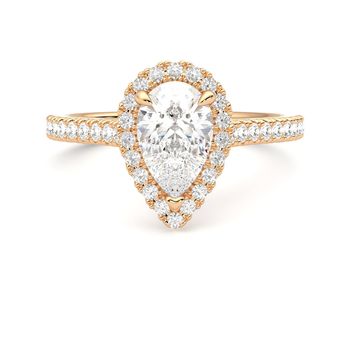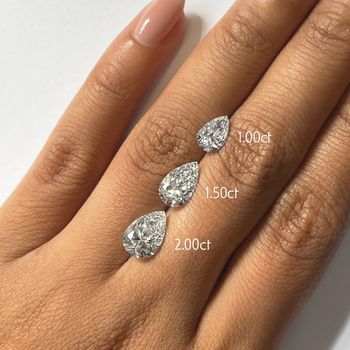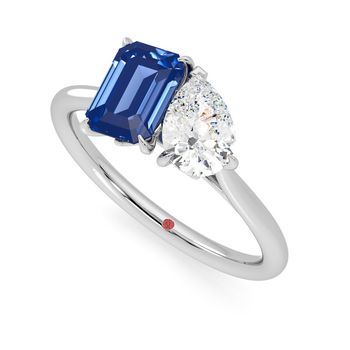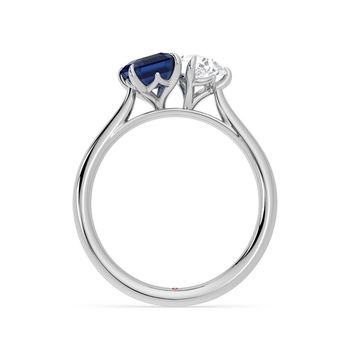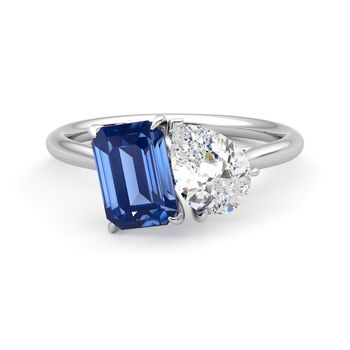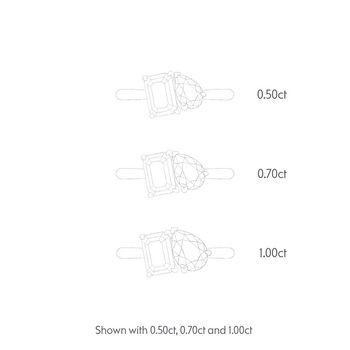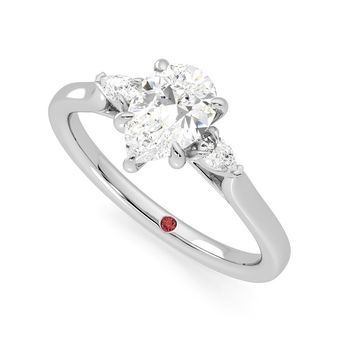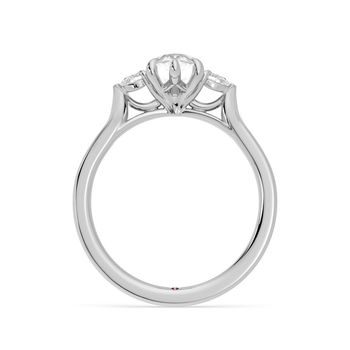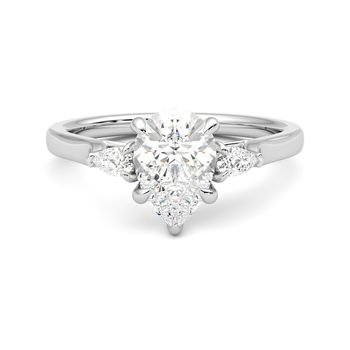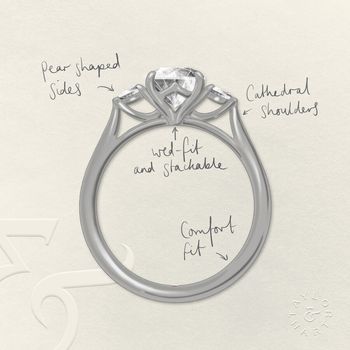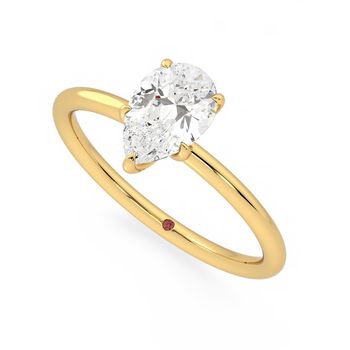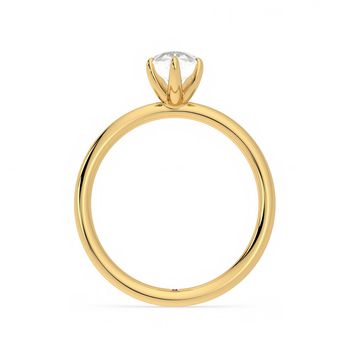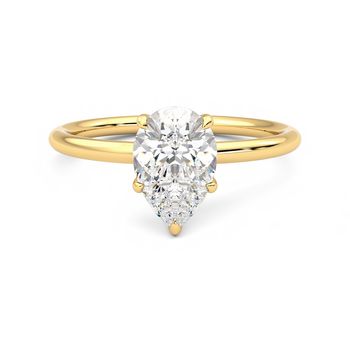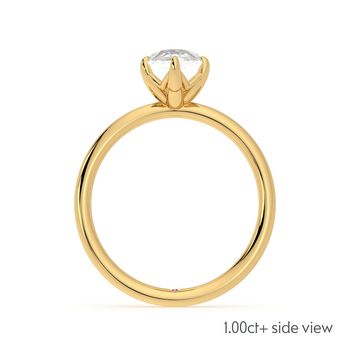Pear shaped engagement rings are a captivating choice that seamlessly marries timeless elegance with contemporary flair. The unique silhouette, resembling a teardrop, exudes a romantic and sophisticated aura. Whether adorned with a halo, set as a solitaire, placed in a three-stone setting, or infused with vintage charm, pear-shaped rings offer versatile options to suit diverse preferences.
A halo setting enhances the center pear diamond with a delicate circle of smaller stones, amplifying its sparkle and making it a dazzling focal point. A solitaire pear ring boasts minimalist elegance, allowing the diamond’s graceful form to shine without distractions. For those seeking symbolic representation, a three-stone setting can incorporate the pear diamond alongside two other stones, signifying past, present, and future.
Pear shaped rings also blend seamlessly with various metals, such as rose gold and platinum. The warm hues of rose gold infuse the ring with a romantic blush, while platinum provides a luxurious and enduring backdrop.
For a touch of vintage allure, intricate detailing and milgrain accents can be added to the band or setting. The elongated silhouette of the pear shape is particularly well-suited to vintage-inspired designs, channeling the glamour of eras gone by.
Ultimately, pear shaped engagement rings offer a canvas for personal expression. Whether modern or classic, these rings capture hearts with their striking profile, and their choice of settings and metals further allows couples to craft a piece as unique as their love story.

